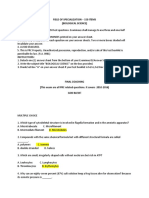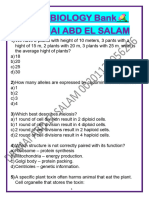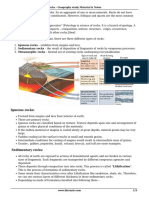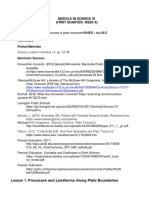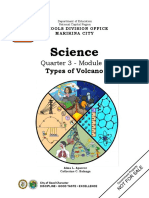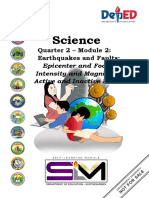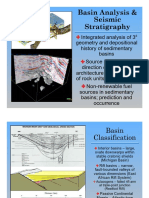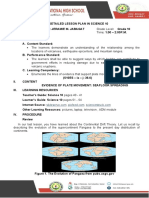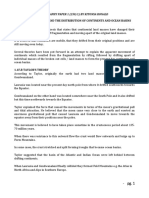0% found this document useful (0 votes)
27 views15 pagesBiology English 3 Secondary 02
The document is a practice test consisting of 46 multiple-choice questions covering various topics in biology, including plant and animal anatomy, reproduction, genetics, and geology. Each question requires the selection of the correct answer from given options, with questions 1-32 worth one point each and questions 33-44 worth two points each. Additionally, there are two open-ended questions at the end, asking for explanations related to immune cells and reproduction.
Uploaded by
faroukelshanawany341Copyright
© © All Rights Reserved
We take content rights seriously. If you suspect this is your content, claim it here.
Available Formats
Download as PDF, TXT or read online on Scribd
0% found this document useful (0 votes)
27 views15 pagesBiology English 3 Secondary 02
The document is a practice test consisting of 46 multiple-choice questions covering various topics in biology, including plant and animal anatomy, reproduction, genetics, and geology. Each question requires the selection of the correct answer from given options, with questions 1-32 worth one point each and questions 33-44 worth two points each. Additionally, there are two open-ended questions at the end, asking for explanations related to immune cells and reproduction.
Uploaded by
faroukelshanawany341Copyright
© © All Rights Reserved
We take content rights seriously. If you suspect this is your content, claim it here.
Available Formats
Download as PDF, TXT or read online on Scribd
/ 15













